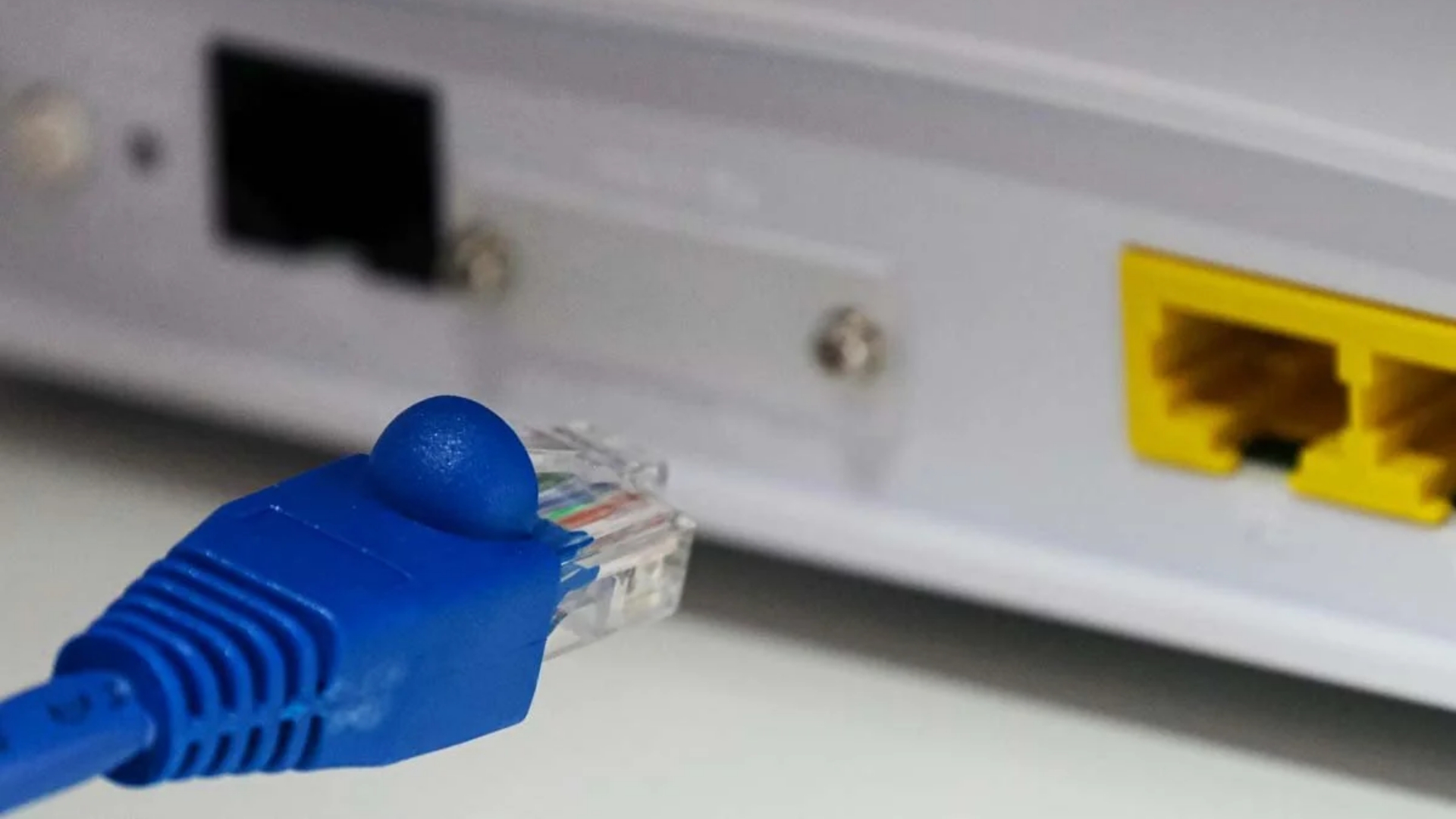House Approves 'Sana All May Internet Act' on Final Reading, Aiming to Make Internet More Affordable and Accessible

In an effort to provide more affordable and accessible internet, the House of Representatives passed the "Sana All May Internet Act" on August 21. By removing the spectrum users charge, the measure encourages the development of Wi-Fi networks and infrastructure, which in turn lowers the cost of telecommunications services.

Additionally, in order to ensure that the impoverished and underprivileged have access to dependable, easily accessible, and reasonably priced connectivity, it seeks to "promote the acceleration of internet use in the country and the expansion of Wi-Fi (wireless fidelity) technology and infrastructure in unserved and underserved areas."
Additionally, in order to ensure that the impoverished and underprivileged have access to dependable, easily accessible, and reasonably priced connectivity, it seeks to "promote the acceleration of internet use in the country and the expansion of Wi-Fi (wireless fidelity) technology and infrastructure in unserved and underserved areas."
“The State recognizes the vital role of telecommunication in nation-building, and as such, it shall implement measures to provide communication standards suitable to the needs and aspirations of the nation,” the authors of HB No. 10699 pointed out.
“To this end, the government shall allocate the radio frequency spectrum to promote the adoption of appropriate technologies and best practices, an interference-free environment, and the highest service standards, and shall assign the radio frequency spectrum to service providers capable of efficiently and effectively using it to meet public demand for telecommunications and data transmission services,” they added.
On August 21, the "Sana All May Internet Act" was enacted by the House of Representatives with the goal of bringing internet access and cost down. The measure lowers the cost of telecommunications services by doing away with the spectrum users charge, which will allow Wi-Fi to be used and infrastructure to be developed.
